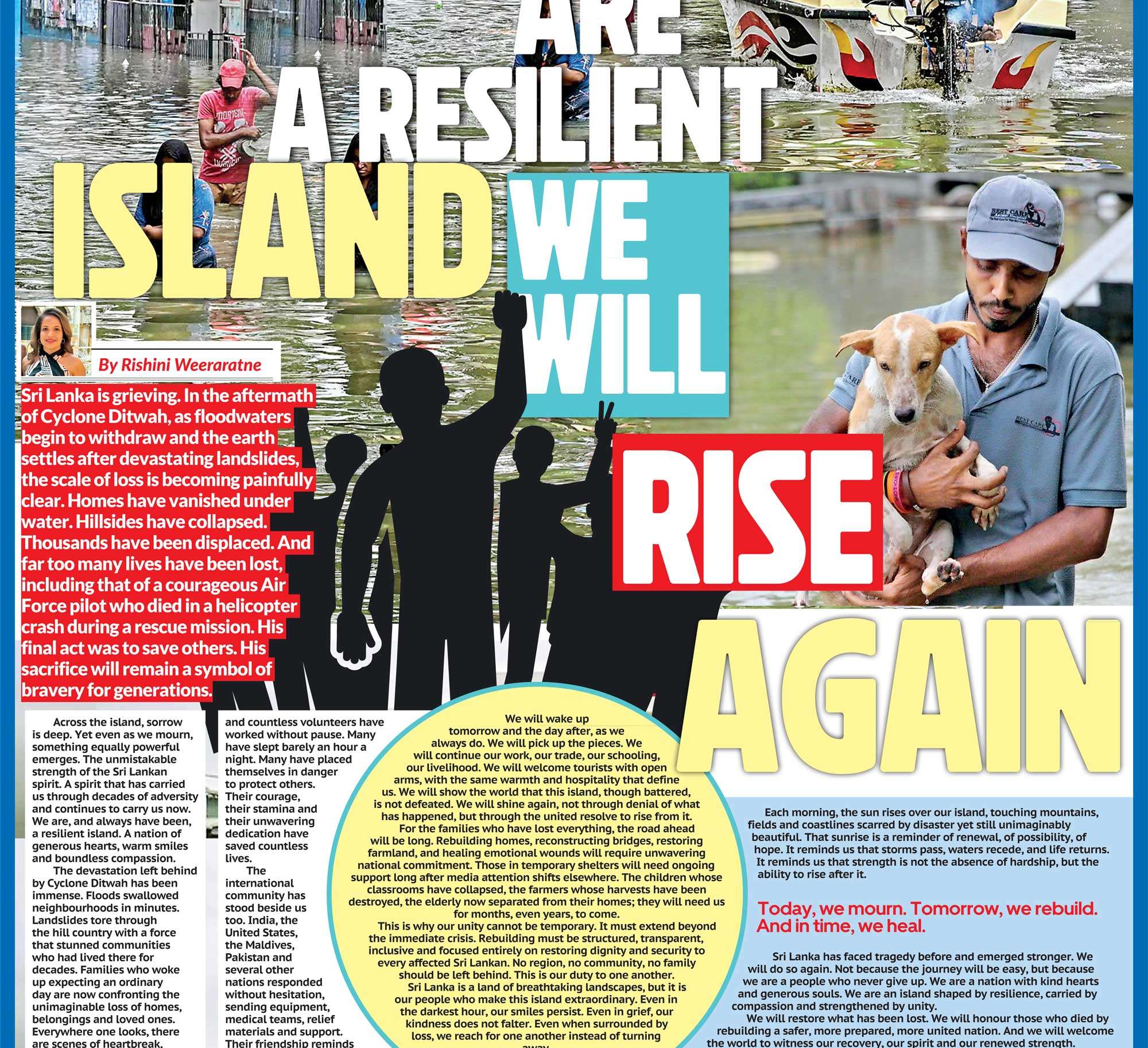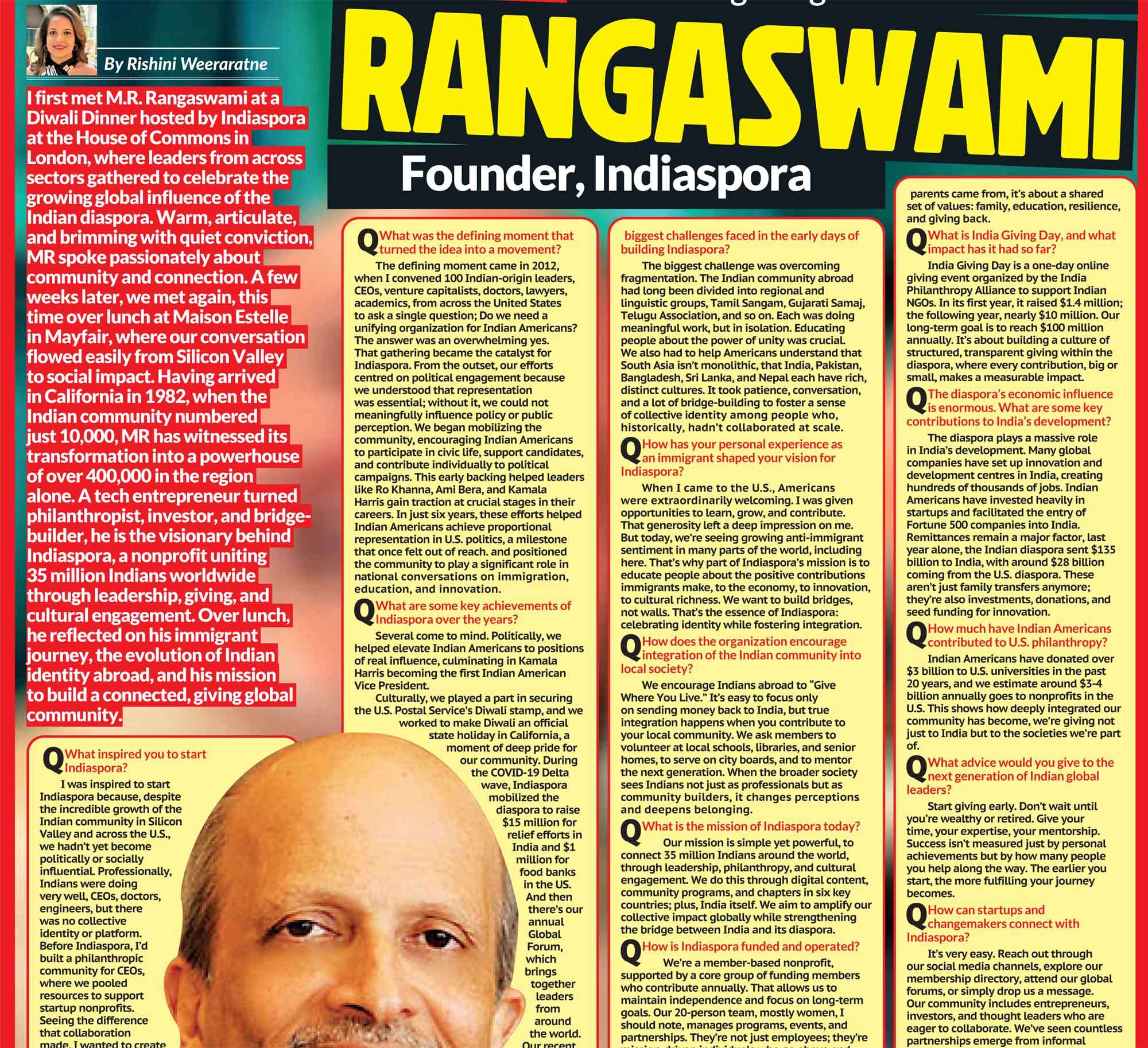As the world marks World Oceans Day, attention is increasingly turning to the concept of the “Blue Economy” - a model of sustainable ocean use that aims to harness the economic potential of the seas while preserving their health and biodiversity. With oceans covering over 70% of the Earth’s surface and providing critical resources and services to billions of people, finding this balance has become a global priority.
What Is the Blue Economy?
The Blue Economy refers to the sustainable use of ocean resources for economic growth, improved livelihoods, and jobs, while maintaining the health of ocean ecosystems. It spans a wide range of activities including fisheries, maritime transport, tourism, renewable energy, and marine biotechnology.
This approach seeks to promote economic development in ways that do not compromise the ocean’s ability to continue supporting life and human needs for generations to come. Unlike traditional models of resource exploitation, the Blue Economy emphasizes stewardship and long-term sustainability.
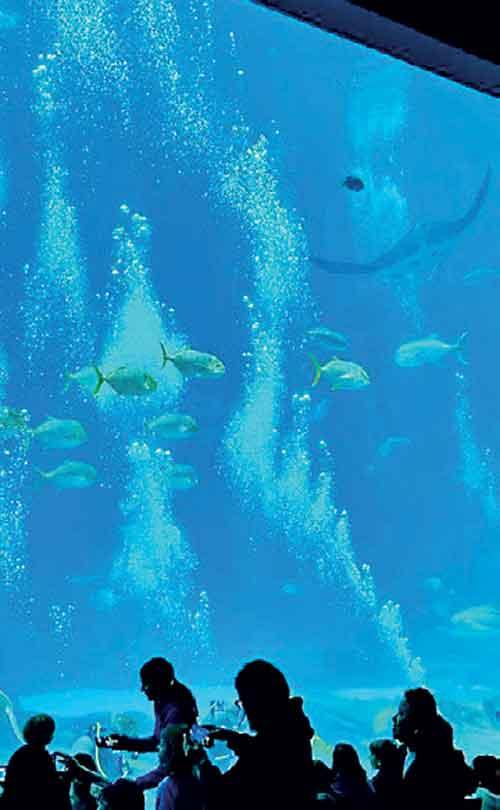
Economic Importance of Oceans
Oceans contribute trillions of dollars annually to the global economy. Fisheries and aquaculture provide vital protein sources and employment for millions worldwide. Shipping lanes enable international trade and connectivity, while coastal and marine tourism fuels local economies, especially in developing nations.
Emerging sectors such as offshore wind and tidal energy hold promise for renewable power generation with reduced carbon footprints. Marine biotechnology is another frontier, offering potential medical and industrial breakthroughs derived from marine organisms.
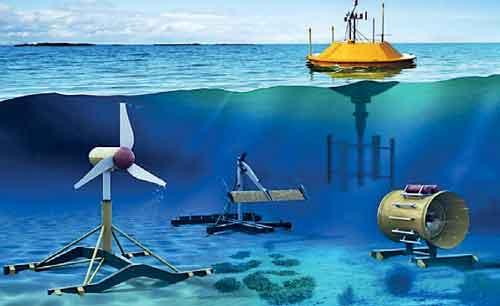
The Conservation Challenge
Despite their economic significance, ocean ecosystems face mounting threats from overfishing, pollution, habitat destruction, and climate change. Overexploitation of fish stocks has led to declines in many commercially valuable species, affecting food security and livelihoods. Coastal development and destructive fishing practices harm critical habitats such as coral reefs and mangroves.
Climate change intensifies these challenges by driving ocean warming, acidification, and sea-level rise, altering marine biodiversity and ecosystem functions. These impacts not only threaten marine life but also undermine the very economic activities that depend on healthy oceans.
Striking the Balance
The core challenge of the Blue Economy is to unlock ocean wealth without degrading marine ecosystems. This requires integrated management approaches that consider ecological, social, and economic dimensions.
One key strategy is the establishment of Marine Protected Areas (MPAs), which restrict harmful activities in critical habitats, allowing ecosystems to recover and flourish. Globally, efforts are underway to expand MPAs, aiming to cover at least 30% of oceans by 2030 as advocated by international agreements.
Sustainable fisheries management also plays a vital role. By setting science-based catch limits, reducing bycatch, and promoting responsible aquaculture, fisheries can maintain productivity while protecting species and habitats.
Innovations in marine technology are supporting these goals. For example, satellite monitoring and data analytics help track fishing activities and enforce regulations. Eco-friendly shipping practices reduce pollution and carbon emissions, aligning economic activity with conservation.
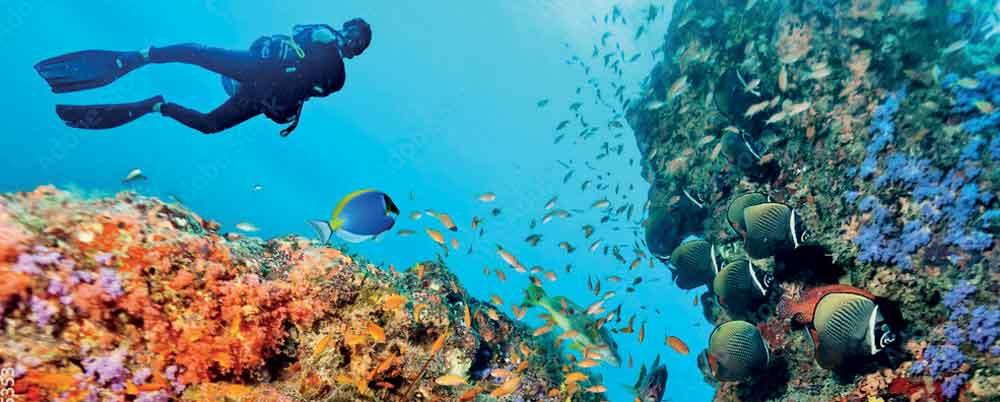
Leading Countries in Blue Economy Implementation
Several countries have taken significant steps toward embracing Blue Economy principles, serving as examples for others:
Norway is a global leader in sustainable fisheries management and marine renewable energy. Its offshore wind projects and responsible aquaculture practices illustrate how economic growth can align with conservation.
Kenya has developed a national Blue Economy strategy focusing on marine conservation, fisheries, and maritime transport, recognizing the ocean’s critical role in its economy and community livelihoods.
Singapore has invested heavily in maritime technology and port sustainability, balancing its position as a global shipping hub with environmental protection efforts.
Portugal is advancing marine renewable energy projects and expanding Marine Protected Areas, aiming to conserve biodiversity while developing new ocean-based industries.
Indonesia, with its vast marine biodiversity, is working to curb illegal fishing and protect coral reefs while promoting sustainable tourism and fisheries.
These nations demonstrate how tailored policies, investment in research, and community engagement can drive sustainable ocean economies.
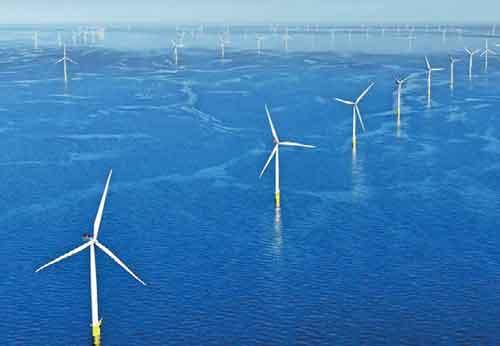
Social and Economic Inclusion
The Blue Economy also stresses the importance of inclusive growth, ensuring that benefits reach coastal communities and vulnerable populations who depend on ocean resources. This involves investing in capacity-building, education, and equitable access to resources and markets.
Women, indigenous peoples, and small-scale fishers often play crucial roles in coastal economies but face barriers to participation and decision-making. Integrating their knowledge and ensuring fair representation enhances both sustainability and social justice.
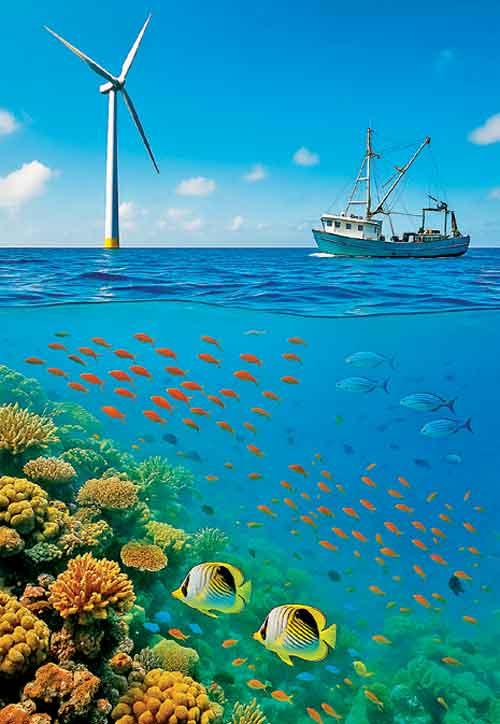
Global Collaboration and Policy
Given the transboundary nature of oceans, international cooperation is essential. Organizations such as the United Nations, regional fisheries management bodies, and intergovernmental panels work to harmonize policies and share best practices.
Frameworks like the Sustainable Development Goal 14 (Life Below Water) set targets for conserving and sustainably using oceans, seas, and marine resources. Many countries are developing national Blue Economy strategies to align economic development with ocean stewardship.
Challenges Ahead
Despite progress, significant challenges remain. Conflicting interests between economic development and conservation can create tensions. Limited data and scientific capacity hinder effective management in some regions, especially in developing countries.
Financial resources for implementing Blue Economy initiatives are often inadequate. Mobilizing investments while ensuring environmental safeguards is a complex but critical task.
Moreover, global issues such as climate change require coordinated action beyond ocean management, highlighting the interconnectedness of environmental problems.
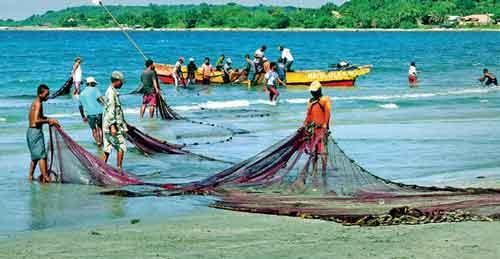
The Role of Innovation and Research
Continued research and innovation are vital for the Blue Economy’s success. Advances in ocean observation technologies, sustainable aquaculture techniques, and marine renewable energy can unlock new opportunities while minimizing environmental footprints.
Public-private partnerships are emerging as effective models for funding and scaling sustainable ocean enterprises. These collaborations combine expertise and resources to address challenges and spur green growth.
Individual and Community Actions
While much of the Blue Economy operates at national and international levels, individual and community actions also matter. Supporting sustainable seafood, reducing pollution, and participating in coastal conservation initiatives contribute to healthier oceans.
Education and awareness foster a culture of ocean stewardship, encouraging consumers and policymakers to prioritize sustainability.
The Blue Economy offers a promising framework to reconcile economic development with ocean conservation. As the world celebrates World Oceans Day, it is clear that the health of our oceans is inseparable from human well-being and prosperity.
Achieving this balance will require cooperation across sectors, innovation, and a commitment to equitable and sustainable use of marine resources. The ocean’s wealth is vast but finite, managing it wisely is essential for the planet’s future.



